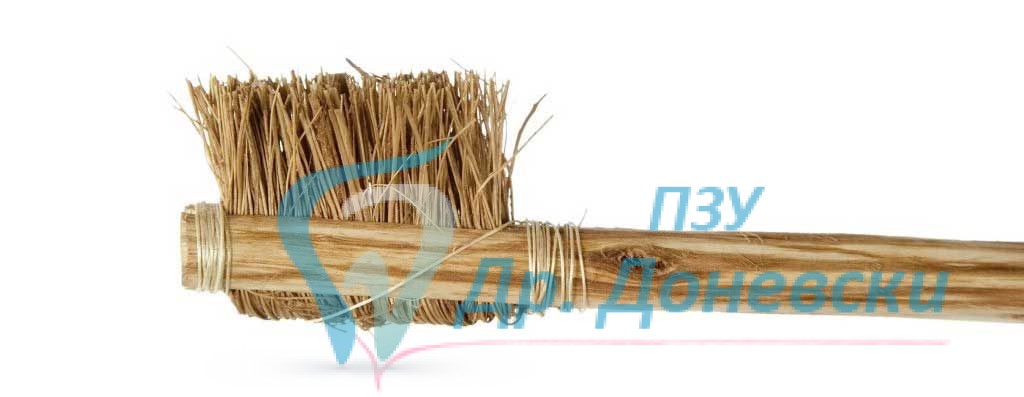1. What do tree branches, wild boar hairs, and nylon have in common? The bristles of a toothbrush have been made from these items. People have been concerned about their dental hygiene since Egyptian times. Ancient tombs contained small tree branches whose ends had been frayed into soft fibers. In the 15th century, the Chinese made toothbrushes from the neck hairs of a Siberian wild boar. The present-day nylon toothbrush wasn’t invented until 1937.
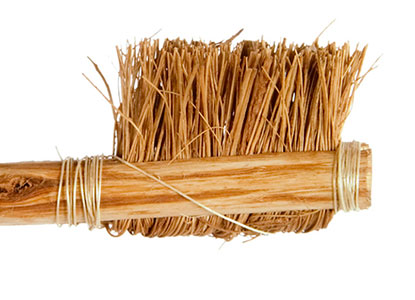

2. Powdered fruit, talc, honey, dried flowers, mice, and lizard livers were ingredients in ancient toothpaste and powder. Soap and chalk were suggested components in the 1800’s. Modern toothpaste in collapsible tubes was introduced in the 1850’s. Fluoride wasn’t added to toothpaste until 1956.
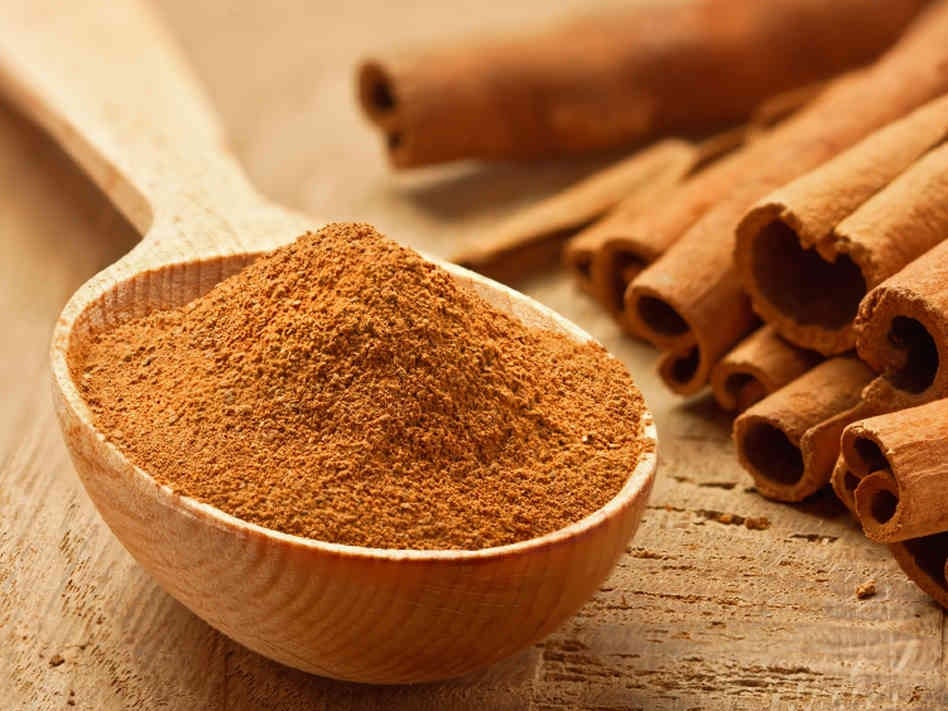

3. Toothpicks haven’t always been made of wood. In ancient times, people used combination “tooth/ear pickers” made of bone, quills, silver, or gold. These “dentiscalpias” were used freely by even the best-mannered citizens.
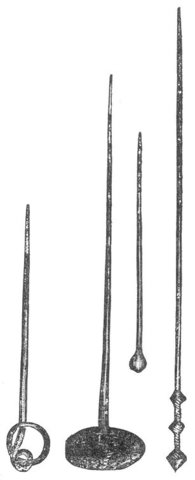

4. The Americans purchased over 2.7 million miles (4,3 million km) of dental floss in 1996. Dental floss was first manufactured in 1882 when it was made from silk. Recently, some floss has been made of Gore-Tex.
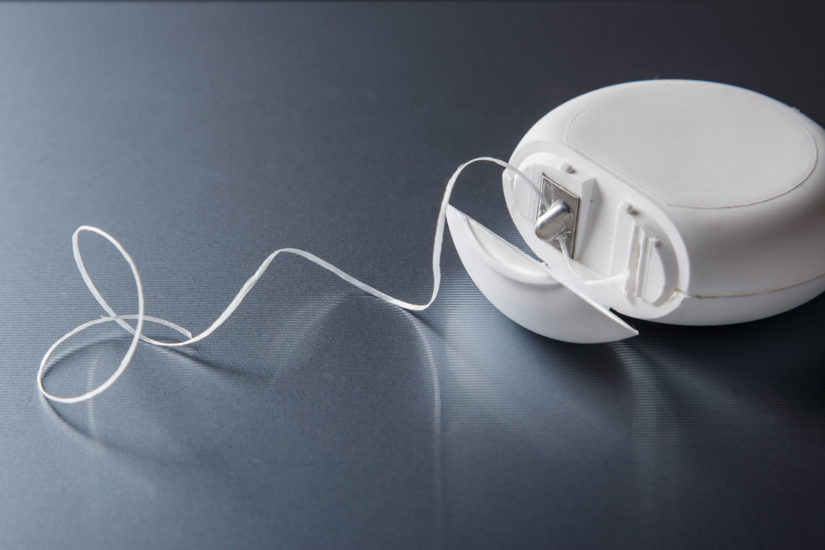

5. The term “indentured servant” has a story behind it. In the colonial days, debtors were shipped from Europe to America to work as servants. Instead of signing a contract, they sealed their agreement by leaving their dental imprint in wax.


6. The defenders of the Alamo were the first to try chewing gum in America. Antonio Lopez de Santa Anna, the Mexican dictator who fought Davy Crockett and his Texas comrades, introduced modern day chewing gum. His version of chewing gum was chicle, the latex sap of the sapodilla tree. Thomas Adams, an American inventor, used chicle as the base for commercial chewing gums. Rumor has it, chicle could be the source of the brand name “Chicklets.”


7. Francisco Goya, a famous Spanish Artist, depicts a morbid dental custom of his time in the painting “A Caza de Dientas” (or “tooth hunting”). Dentists would quickly transplant live teeth, often stolen from the dead, into their patients’ empty alveolar sockets.

